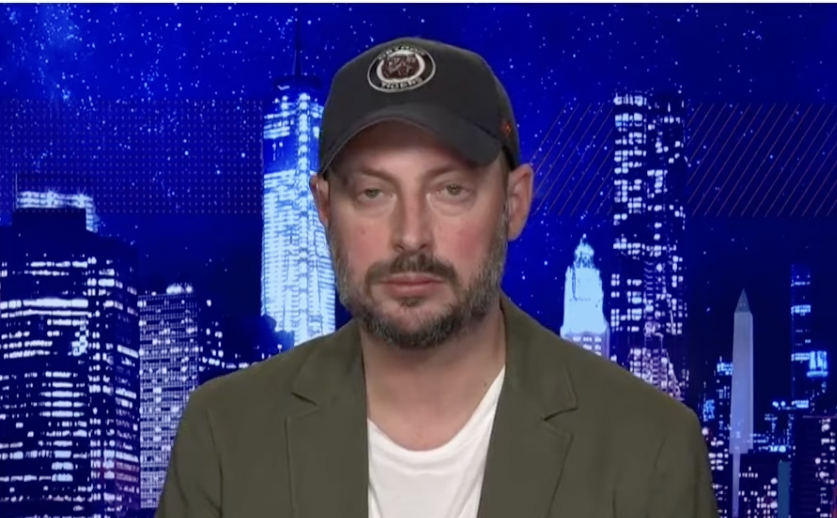November 2, 2024
Renowned data analyst Nate Silver, known for his expertise in election forecasting, is making headlines with his bold prediction for the 2024 presidential election. Silver believes former President Donald Trump will win, projecting Trump’s lead in the mid-50% range over Vice President Kamala Harris, whom he places in the mid-40% range. In a recent appearance on the Risky Business podcast, Silver didn’t hold back in his criticism of pollsters, accusing them of bias and manipulating data to make the race appear closer than it is.
During the podcast, Silver expressed frustration with what he described as pollsters “herding” their results to show a tight race, regardless of the actual data. He suggested that some polling organizations might be deliberately skewing their numbers to fit a narrative rather than report actual trends. “They all, every time a pollster says, ‘Oh, every state is just plus-one, every single state’s a tie,’ no! You’re f–king herding! You’re cheating!” Silver said, singling out Emerson College as an example of pollsters he suspects of “recycling” previous results.
Silver’s forecast, with Trump at 55% and Harris at 45%, reflects his view of a significant shift toward Trump over time. “The race has gradually drifted to Trump over a long period, while Harris has been regularly losing ground,” Silver explained. He suggested that this trend should be visible in polls but has been obscured by pollsters attempting to show a close race. “Your numbers aren’t all going to come out at exactly one-point leads when you’re sampling 800 people over dozens of surveys. You are lying! You’re putting your f–king finger on the scale!” Silver added.
Silver’s strong language and insistence on the integrity of polling data highlight growing concerns over the reliability of polls in a time of heightened political tension. As a liberal analyst and founder of the prominent statistical website FiveThirtyEight, Silver’s criticism of fellow pollsters marks a notable divergence from the mainstream polling industry.
Silver’s claims have sparked widespread debate, especially as the election draws nearer. With public trust in the accuracy of polls at an all-time low, his forecast adds fuel to the ongoing discussion of media influence on elections. If Silver’s model proves accurate, it would challenge the perception that the race is neck-and-neck.
The true test of Silver’s predictions will come on Election Day. With Americans divided and the stakes high, voters await the outcome to see if Silver’s outspoken critique of the polling industry holds weight—or if the pollsters’ projections of a close race come to fruition.
Sources:
- The Economic Times: Nate Silver predicts Trump win, accuses pollsters of skewing data
- Risky Business podcast with Nate Silver and Maria Konnikova
Nate Silver to pollsters: “You’re f*cking herding. You’re cheating ... Your numbers aren’t all going to come out at exactly one-point leads when you’re sampling 800 people over dozens of surveys. You are lying. You’re putting your f*cking finger on the scale." pic.twitter.com/kowED2GiBd
— Daily Caller (@DailyCaller) October 31, 2024

